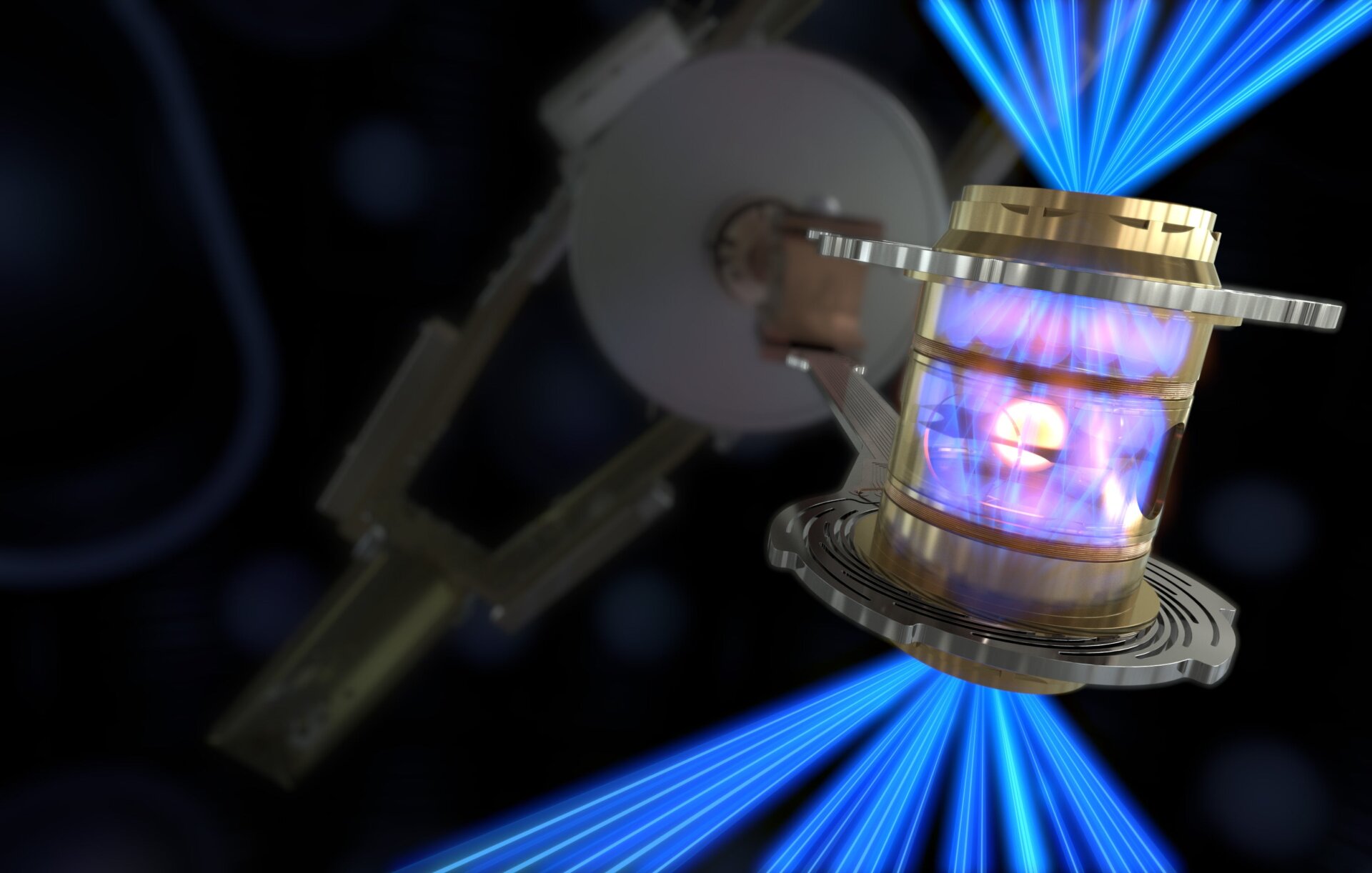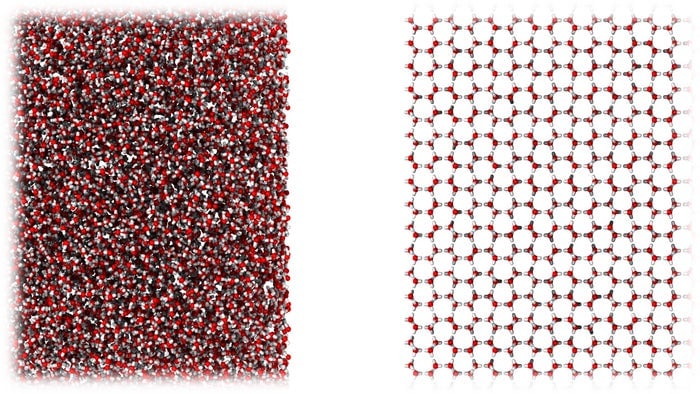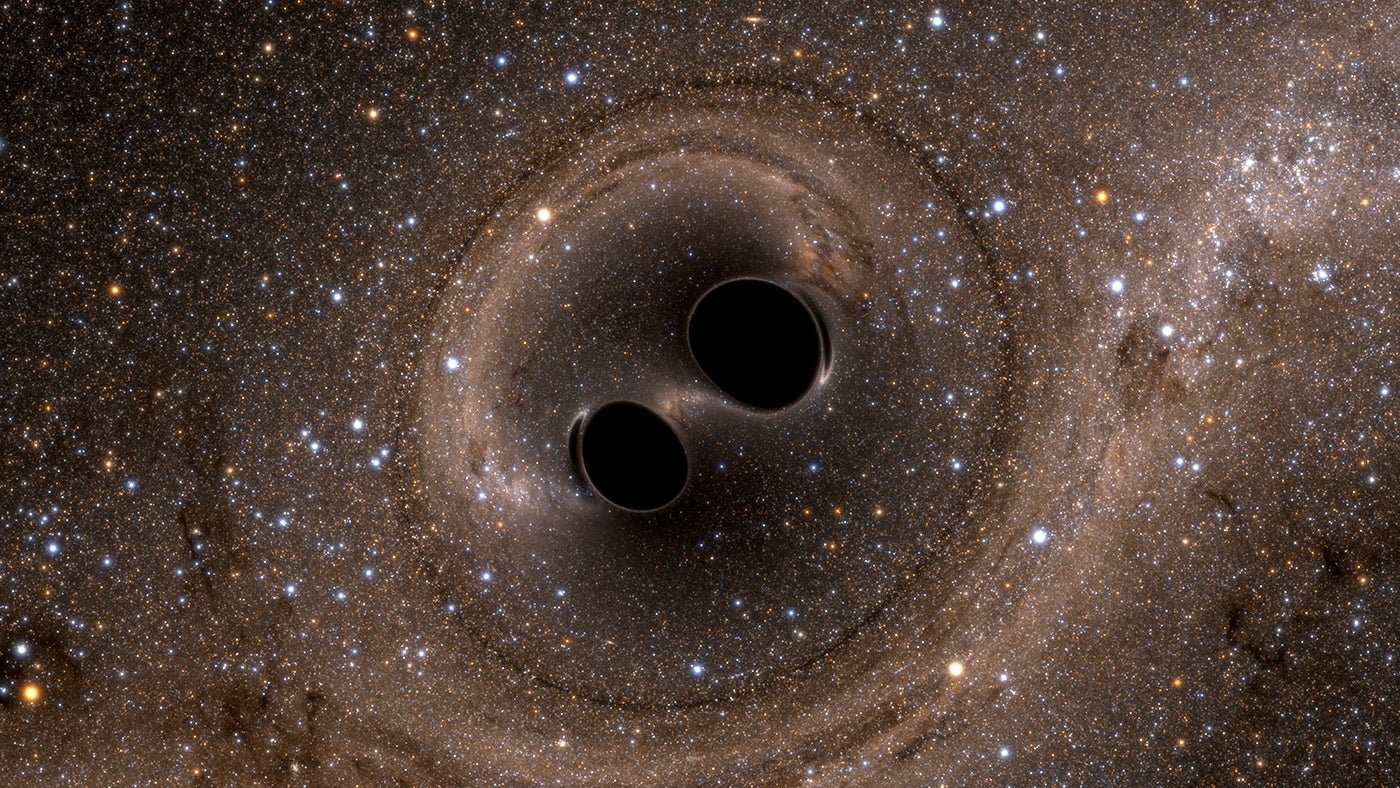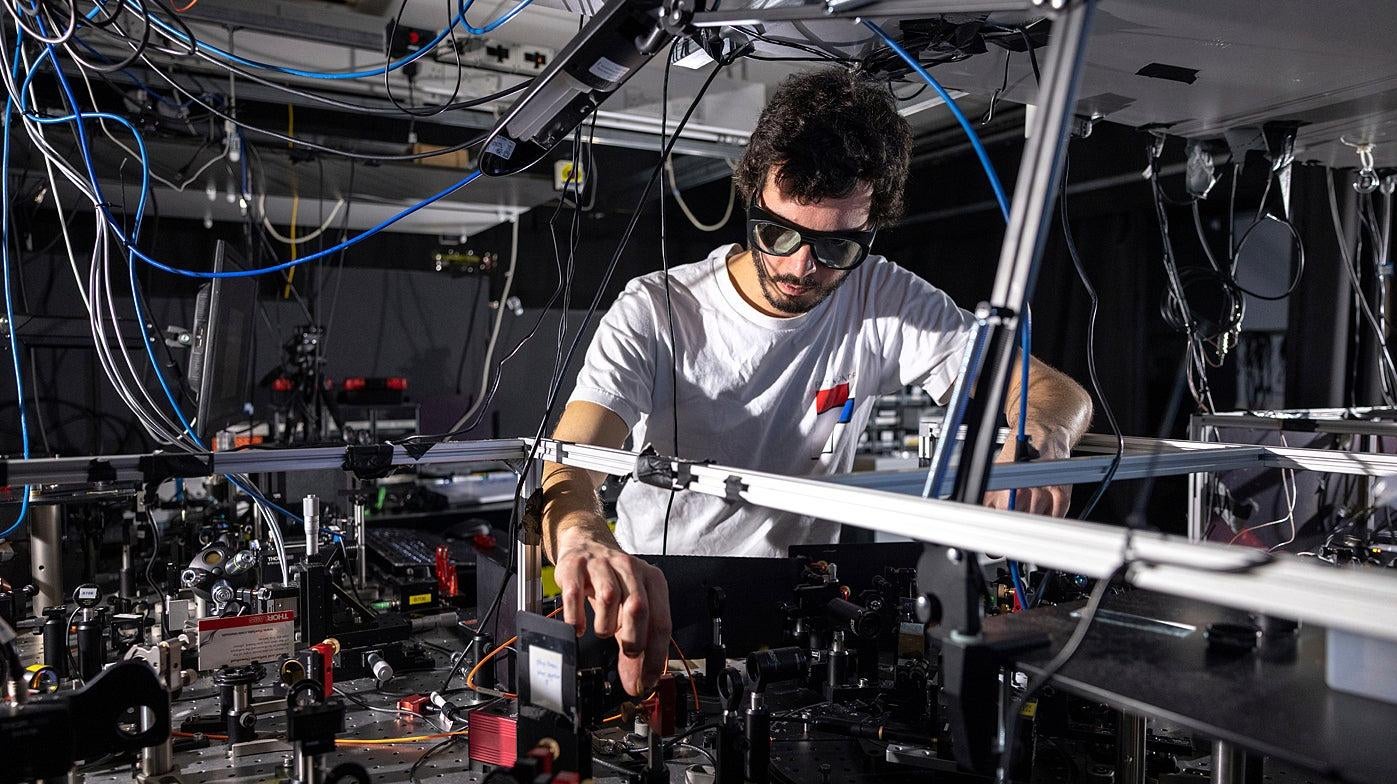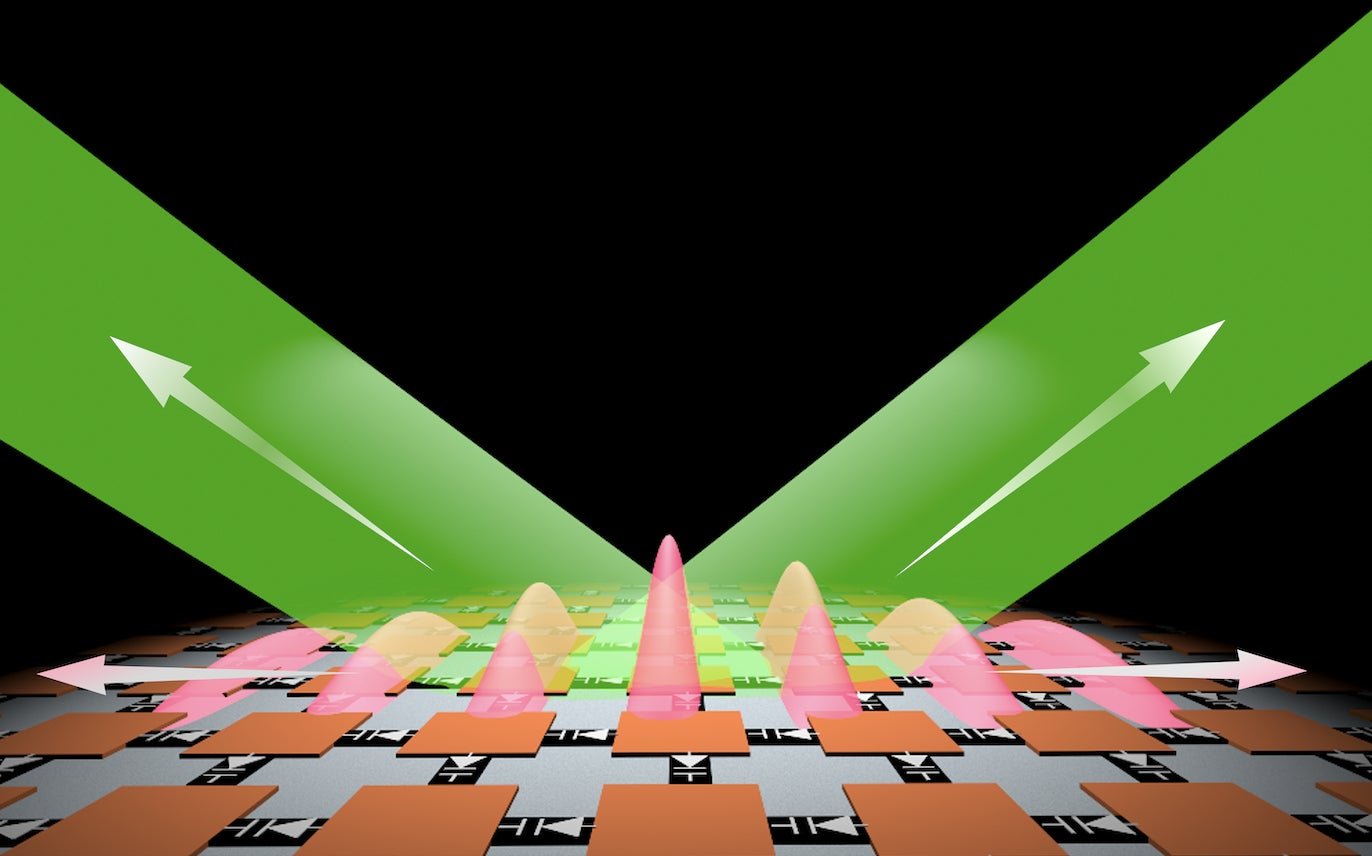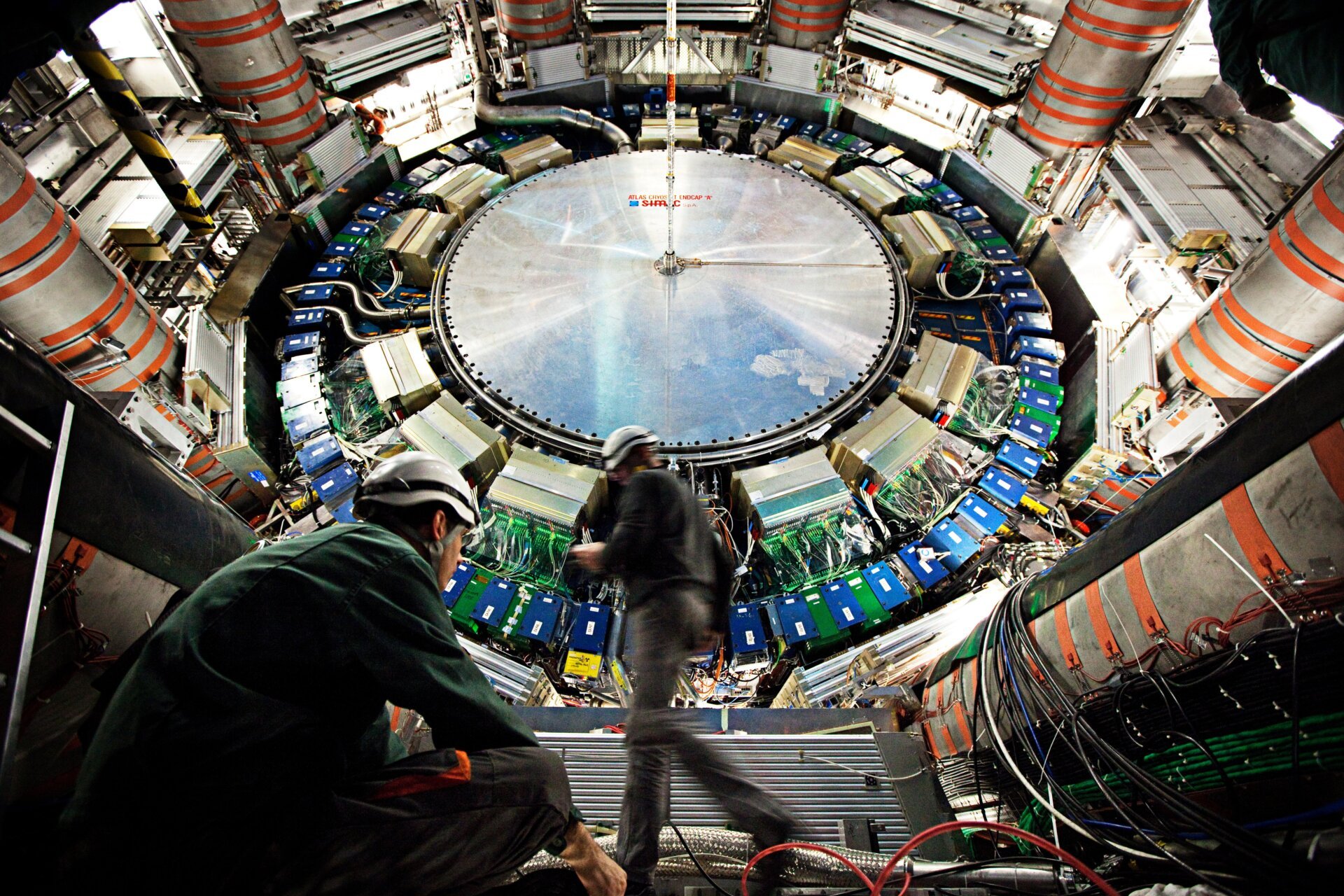The US Department of Energy (DOE) announced a historic achievement in fusion energy: scientists at Lawrence Livermore National Laboratory’s National Ignition Facility (NIF) have achieved net energy gain in a fusion reaction. This breakthrough marks a critical step towards realizing fusion as a clean, sustainable energy source.
This achievement, initially reported by the Financial Times and later confirmed by the DOE, signifies a turning point in fusion research. For the first time, a fusion reaction has produced more energy than the laser energy required to initiate it. While fusion reactions have been achieved before, this is the first time scientists have surpassed the crucial threshold of net energy gain. This success offers a glimpse into a future potentially powered by a clean, abundant energy source.
What is Fusion Ignition?
Nuclear fusion, the process that powers the sun, involves merging two light atomic nuclei to form a heavier nucleus, releasing tremendous energy in the process. Achieving “ignition” means the fusion reaction generates more energy than the laser energy directly delivered to the fuel target. In this experiment, approximately 2 megajoules of laser energy yielded about 3 megajoules of fusion energy.
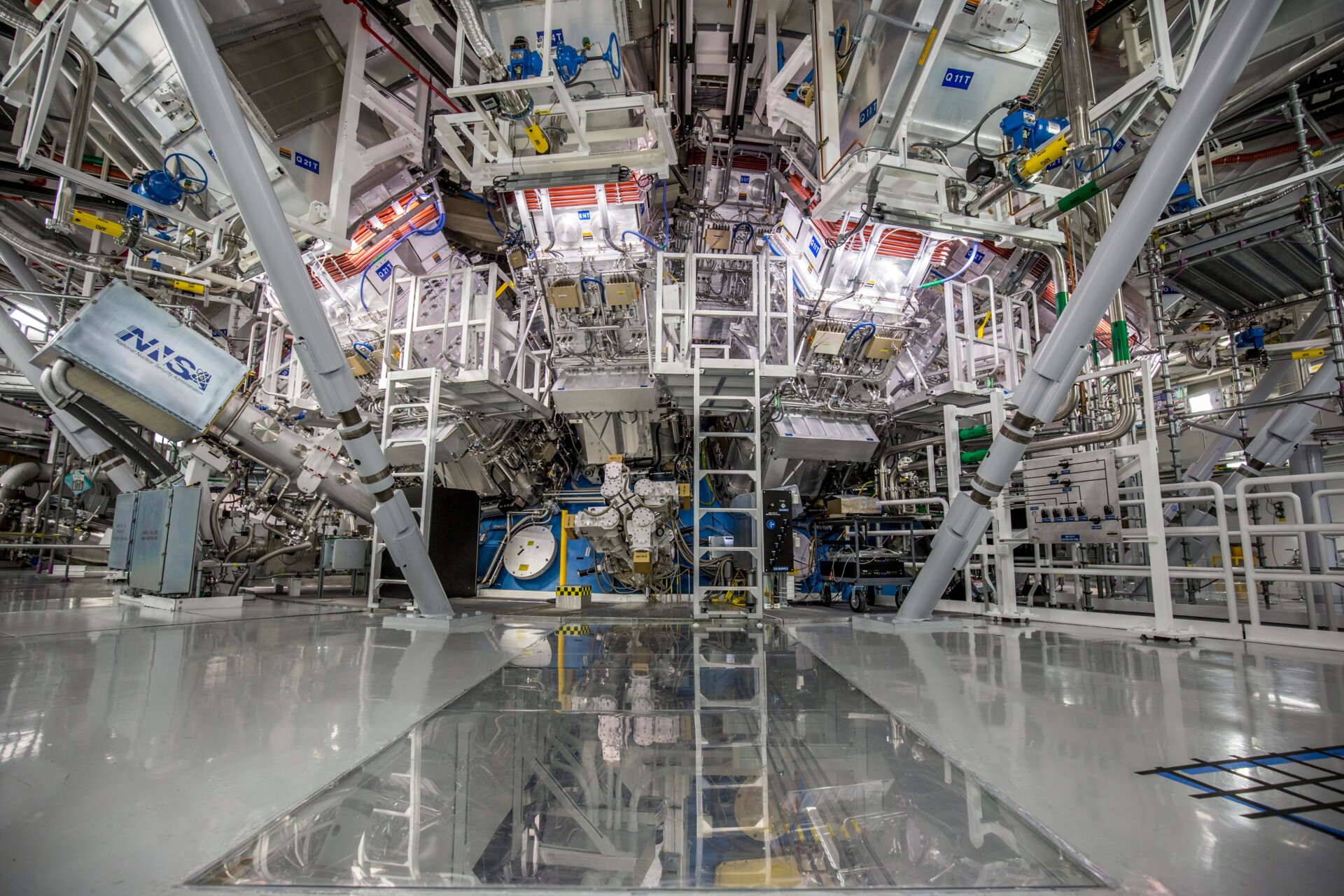 The target chamber of the National Ignition Facility.The target chamber of the National Ignition Facility, where the historic fusion ignition took place. Photo: LLNL National Ignition Facility
The target chamber of the National Ignition Facility.The target chamber of the National Ignition Facility, where the historic fusion ignition took place. Photo: LLNL National Ignition Facility
At NIF, 192 laser beams are focused on a tiny, peppercorn-sized target housed within a meticulously crafted diamond shell. This process generates extreme temperatures exceeding 100 million degrees Fahrenheit and pressures surpassing 100 billion Earth atmospheres, conditions necessary for fusion ignition. The recent experiment demonstrated the ability to maintain these extreme conditions long enough for ignition to occur.
Laser Fusion vs. Magnetic Fusion
NIF employs laser-based inertial confinement fusion. Another approach, magnetic confinement fusion, uses powerful magnetic fields to contain and heat plasma within tokamaks or stellarators. While laser fusion achieves high pressures and densities for brief periods, magnetic fusion operates at lower pressures and densities for longer durations. Both approaches aim to create conditions suitable for sustained fusion reactions.
While the NIF achievement is significant, experts like Martin Greenwald, a physicist at MIT’s Plasma Science and Fusion Center, caution that translating this laboratory success into a practical energy source faces substantial technological hurdles. He notes that the laser-based approach would require major advancements to become a viable energy source, and emphasizes the continued pursuit of magnetic confinement approaches.
The Path to Fusion Power
The ITER project, an international collaboration building the world’s largest tokamak, exemplifies the ongoing research in magnetic confinement fusion. ITER aims to achieve a fusion energy output ten times greater than the input power, demonstrating the feasibility of magnetic fusion technology.
While the NIF breakthrough doesn’t immediately translate into fusion power plants, it significantly advances the field. The “Q factor,” representing the ratio of output to input energy, has now reached 1 at NIF. Previously, the highest Q value achieved was 0.67 by the JET tokamak in the 1990s.
Challenges and Future Directions
The NIF experiment required substantial energy to power the lasers—about 300 megajoules—to produce the 2 megajoules delivered to the target. This highlights the challenge of scaling up the technology for efficient energy production. Future research will focus on simplifying the ignition process, increasing its efficiency, and enabling higher repetition rates.
The data from this milestone experiment will be extensively analyzed to inform further research. The NIF team is optimistic about improving the results, given that the target used in the experiment had imperfections. They anticipate achieving or surpassing these results in future experiments.
Conclusion
The achievement of net energy gain at NIF marks a historic moment in fusion research, bringing the dream of clean fusion energy closer to reality. While significant challenges remain, this breakthrough paves the way for continued development and investment in fusion technologies. It validates decades of scientific pursuit and ignites hope for a sustainable energy future.



